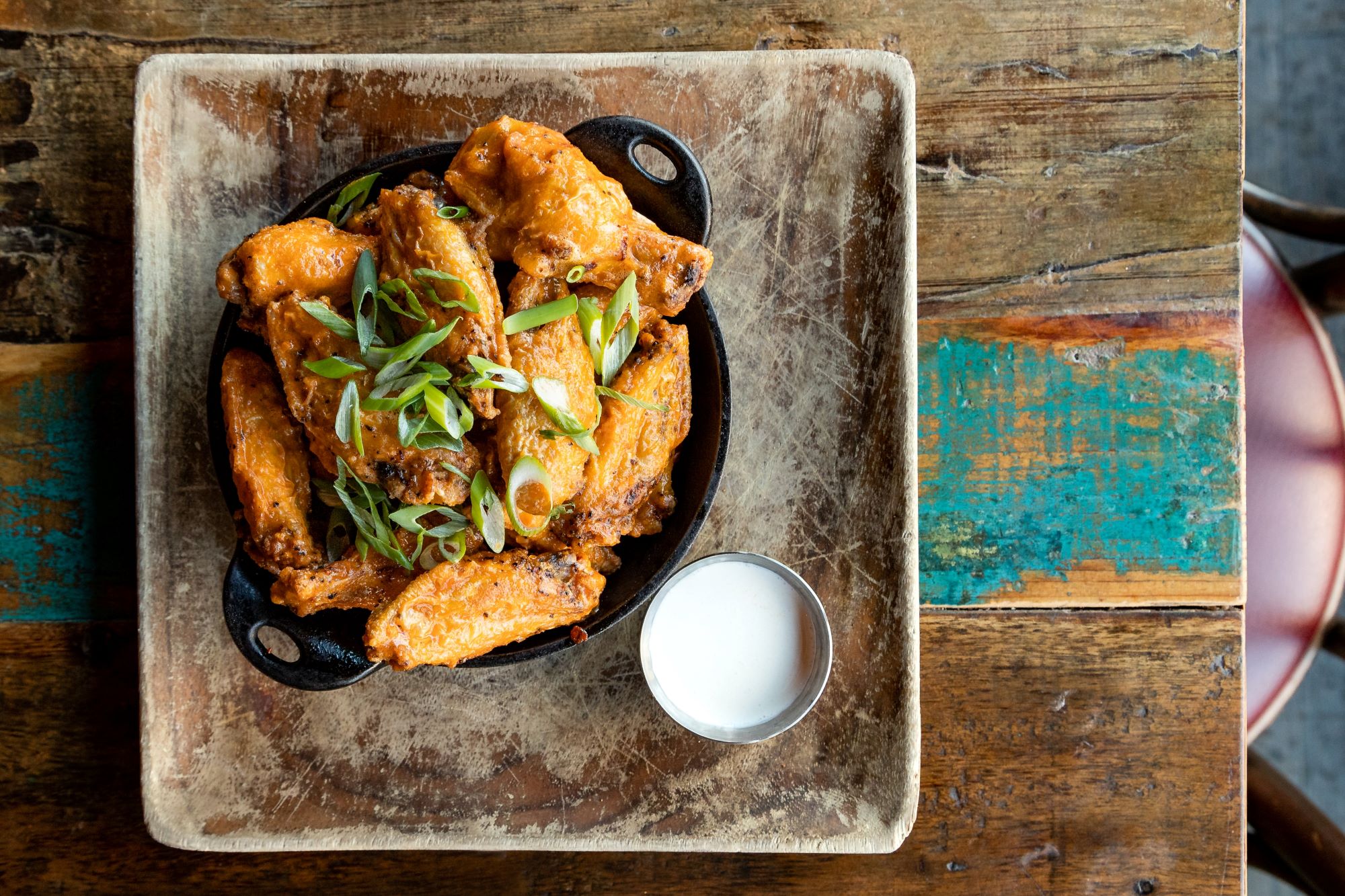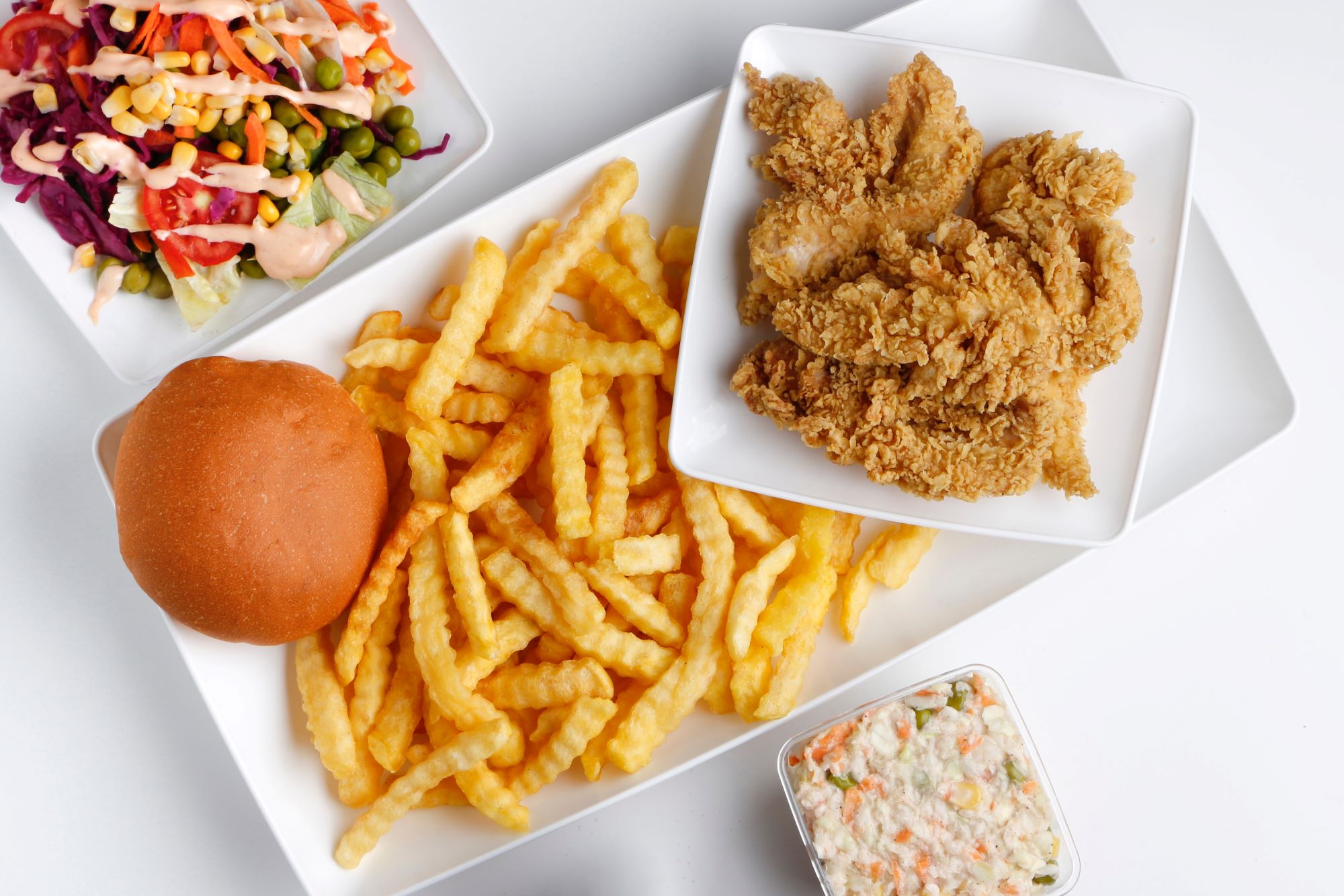Fast food restaurants are a staple of modern society, providing quick and convenient meals for people on the go. However, the history and future of fast food restaurants are much more than just convenience. From humble beginnings to global dominance, this industry has undergone tremendous changes over the years and continues to evolve to this day.
History of Fast Food Restaurants:
The roots of fast food can be traced back to ancient civilizations such as Rome and Greece, where street vendors sold flatbreads and other quick meals. However, it wasn’t until the Industrial Revolution in the late 19th century that fast food began to take on its modern form. With the advent of mass production and transportation, it became possible to serve food quickly and efficiently to large numbers of people.
The first fast-food restaurant is widely considered to have been White Castle, which opened its doors in Wichita, Kansas, in 1921. White Castle’s founder, Walter Anderson, pioneered the use of mass production techniques to create small, square burgers that could be cooked quickly and sold for a low price. The concept was a hit, and soon other fast-food chains began to spring up across the country.
During the 1950s and 1960s, the fast food industry exploded in popularity, with chains like McDonald’s and Burger King becoming household names. These chains focused on standardization and consistency, using assembly-line techniques to ensure that every burger was cooked and assembled exactly the same way. This allowed for fast service and a uniform experience for customers, no matter where they were in the country. The concept of fast food coupons also began to gain popularity during this time, with some restaurants offering discounts and deals to customers. Today, fast food coupons are still a popular way for customers to save money on their favorite menu items, with Chick-fil-A coupons being a prime example.

Fast Food Today:
Fast forward to today, and fast food restaurants are a ubiquitous presence in cities and towns around the world. The industry has continued to evolve, with new players entering the market and existing chains expanding their offerings to stay competitive. Some chains have also responded to changing consumer preferences by offering healthier options, such as salads and grilled chicken sandwiches. Additionally, customers can now take advantage of discounts and savings through the use of fast food coupons and promo codes.
One of the biggest trends in fast food today is the use of technology to enhance the customer experience. Many chains now offer mobile ordering, allowing customers to place their orders and pay using their smartphones. This has made the process of ordering and paying for food faster and more convenient than ever before. Additionally, customers can take advantage of exclusive discounts and savings through the use of fast food coupons and promo codes. For instance, Freddy’s Frozen Custard & Steakburgers, a traditional American hamburger restaurant, offers Freddy’s promo code that customers can use when ordering online to receive special deals and discounts. Additionally, hot fast-food restaurants, like Chick-Fil-A, and Taco Bell both give great discounts regularly to their customers. As fast-food restaurants continue to innovate and adapt, technology will play an increasingly important role in shaping the industry and providing customers with new and exciting experiences.
The Future of Fast Food:
What does the future of fast food restaurants, therefore, look like? One major trend that is likely to continue is the focus on healthy options. As consumers become more health-conscious, fast-food chains will need to adapt to meet this demand. This could mean offering more plant-based options or finding ways to reduce the calorie and fat content of existing menu items.
Another trend to watch is the use of automation and robotics in the fast food industry. Some chains are already experimenting with robots that can take orders and prepare food, reducing the need for human workers. While this technology is still in its infancy, it has the potential to transform the fast-food industry in the coming years.

Conclusion
Fast-food restaurants have had a remarkable evolution since their inception, reflecting the ever-changing needs and preferences of consumers. From modest establishments in the early 20th century to the massive global chains of today, the fast-food industry has grown rapidly, shaping our food culture in numerous ways.
This rapid growth was made possible by the industry’s ability to innovate and adapt quickly to the changing demands of customers. Fast-food restaurants have continually introduced new menu items, embraced technology, and leveraged social media to reach out to consumers. These strategies have been critical to their success and have helped the industry grow to become a significant player in the global economy.
As we look to the future, the fast-food industry is likely to face new challenges, such as rising consumer demand for healthier options, increasing concerns about sustainability, and shifting consumer preferences. Fast-food chains will need to find new ways to meet these demands and continue to innovate and adapt to remain competitive. Some fast-food chains have already begun to experiment with plant-based options and environmentally friendly packaging, indicating the industry’s willingness to evolve with the times. It will be interesting to see how the industry evolves in the coming years and the innovative approaches that fast-food chains will take to meet the changing needs of their customers.



